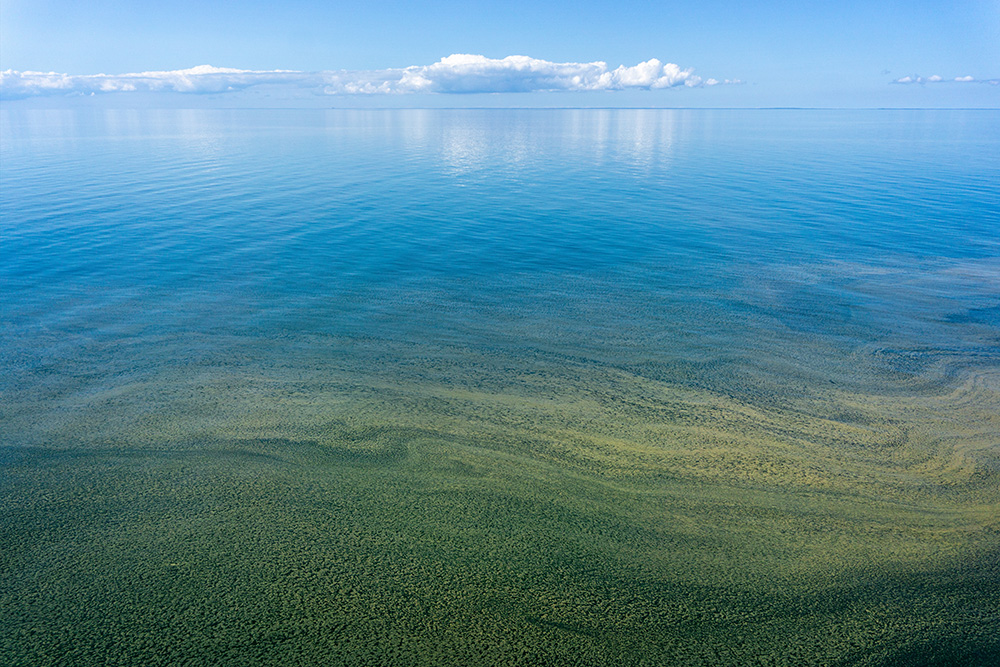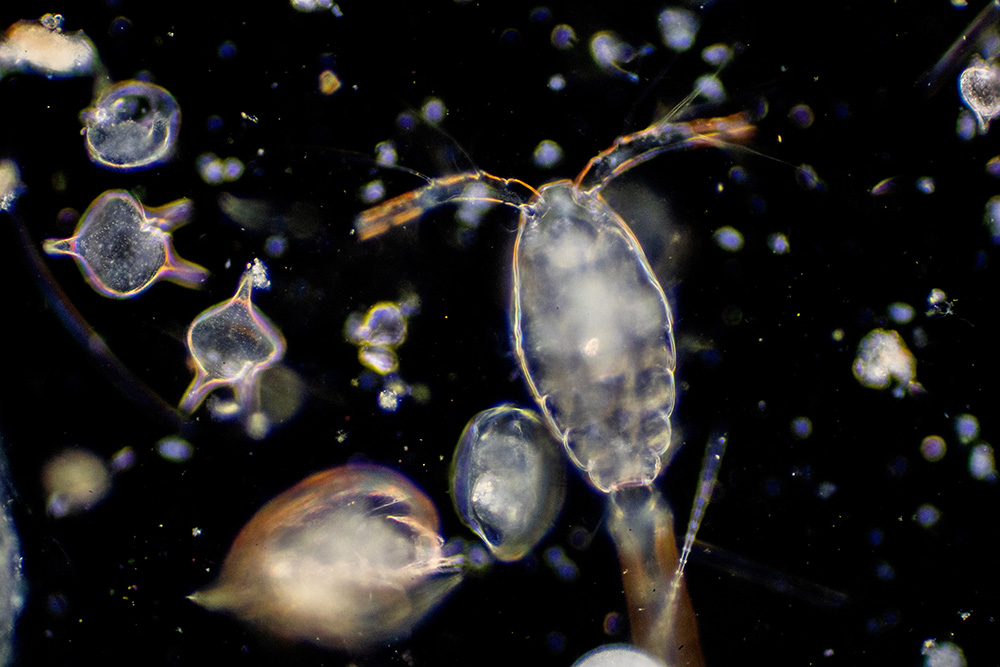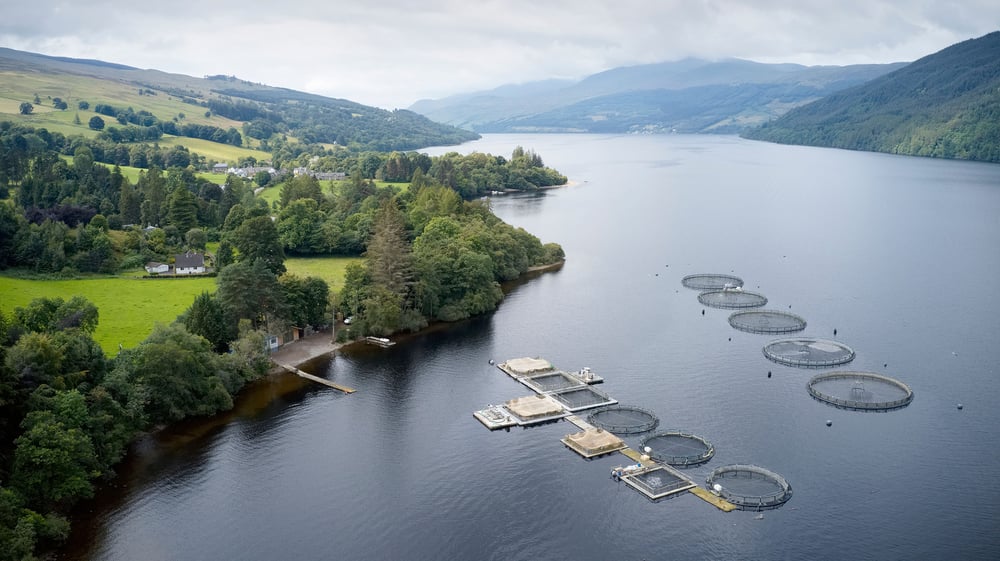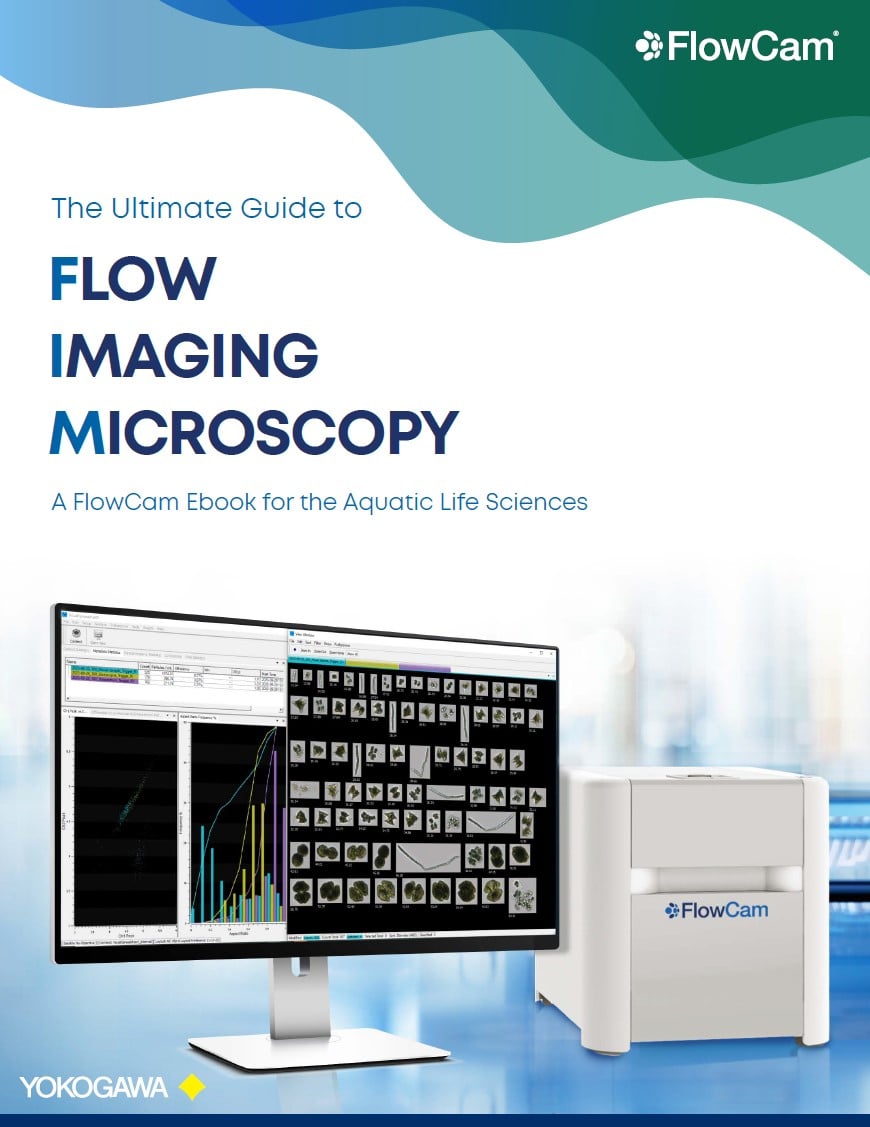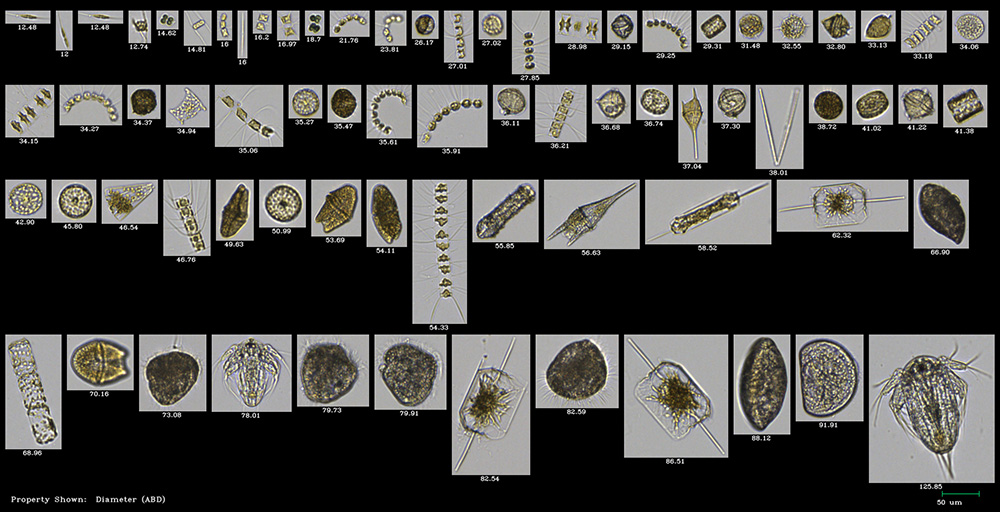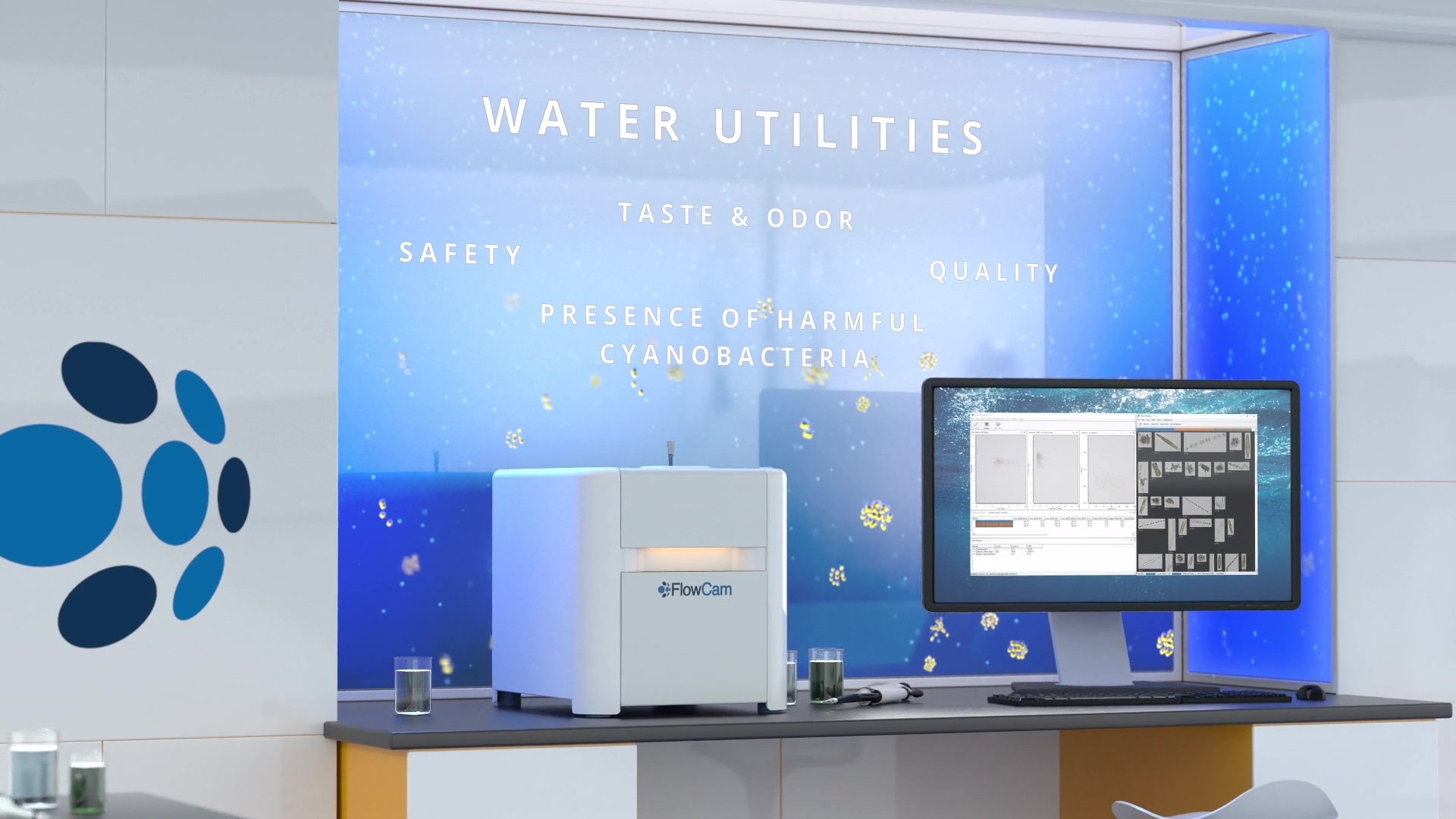
Aquatic
FlowCam supports your aquatic monitoring and research applications
Quantitate biovolume, cell counts, and calculate taxonomic abundance with Flow Imaging Microscopy. Use automation combined with high-resolution images in FlowCam to study and analyze organisms and microscopic particles in aquatic environments.
Use FlowCam to assess water quality, research plankton, monitor aquaculture and algae applications, or discover other aquatic particle applications including wastewater analysis, paleolimnology, microplastic studies, and invasive species detection.
Need Supplies?
Find supplies and spare parts for your FlowCam instrument or ask for a quote.
Need Help?
Get technical support and application help. Request training or preventative maintenance.
Need Information?
Check out our knowledge base including white papers, application notes, technical notes, and videos.






